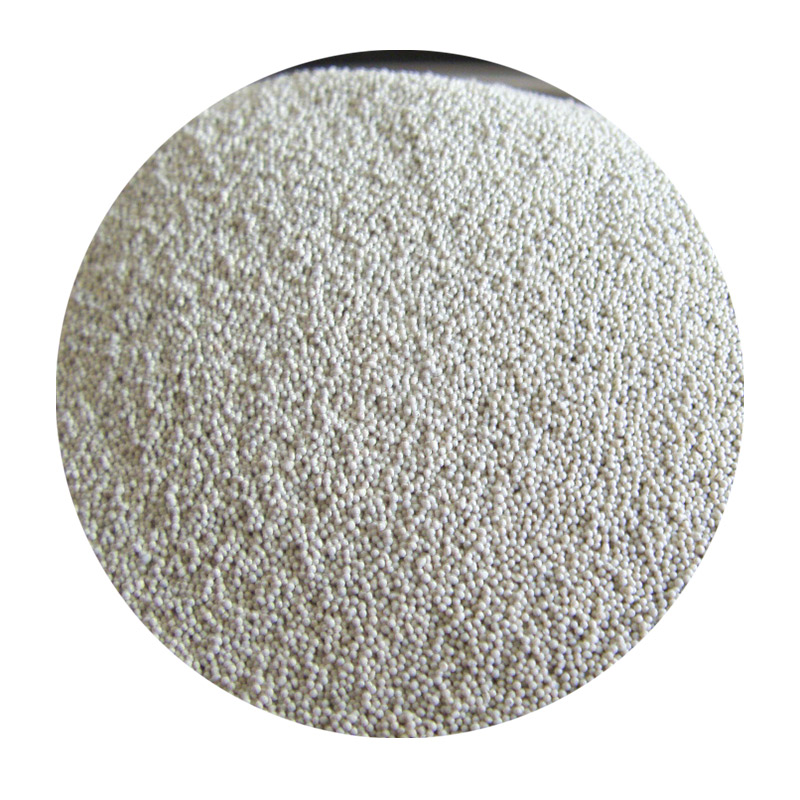

Post-casting processes further define this method’s distinctiveness. Techniques such as machining, grinding, or polishing refine the cast piece, ensuring it matches specified tolerances and finishes. Each step requires meticulous attention to detail, emphasizing the craftsmanship and dedication inherent to skilled technicians, setting apart masters from novices in the industry. Over decades of practice, witness accounts highlight a transformation aligned with technological advancements. While traditional methods focused extensively on iterative practice and skill, contemporary sand casting leverages computer-aided design and simulation software. This synthesis of expertise and technology reflects a modern evolution, optimizing both efficiency and accuracy within production cycles. Trust remains the underpinning foundation. Premium sand casting facilities boast rigorous quality control protocols, each casting undergoing exhaustive inspections. Techniques such as radiographic, sonic, or thermal analysis confirm structural integrity and adherence to specifications. Transparency in these processes fosters trust, strengthening client relationships and ensuring product reliability in critical applications. Sustainability is another dimension where sand casting demonstrates its formidable stature. Modern foundries are increasingly integrating eco-friendly practices, reusing sand across multiple casting cycles, and reducing waste. Such initiatives further position sand casting as a responsible choice within the manufacturing landscape, aligning expertise with advancing environmental considerations. In conclusion, a comprehensive understanding of sand casting reveals it as a process rich in history, yet dynamically revitalized by modern advancements. It demands a blend of skill, precision, and technological integration to deliver products that meet demanding industry standards. From its versatility and adaptability to the trusted quality control practices, sand casting endures prominently in modern manufacturing, supported by an enduring commitment to sustainable progression. Post time:თებ . 15, 2025 04:48
Next:how sand casting is done
